Home>Gardening & Outdoor>Landscaping Ideas>How To Replace Grass With Gravel
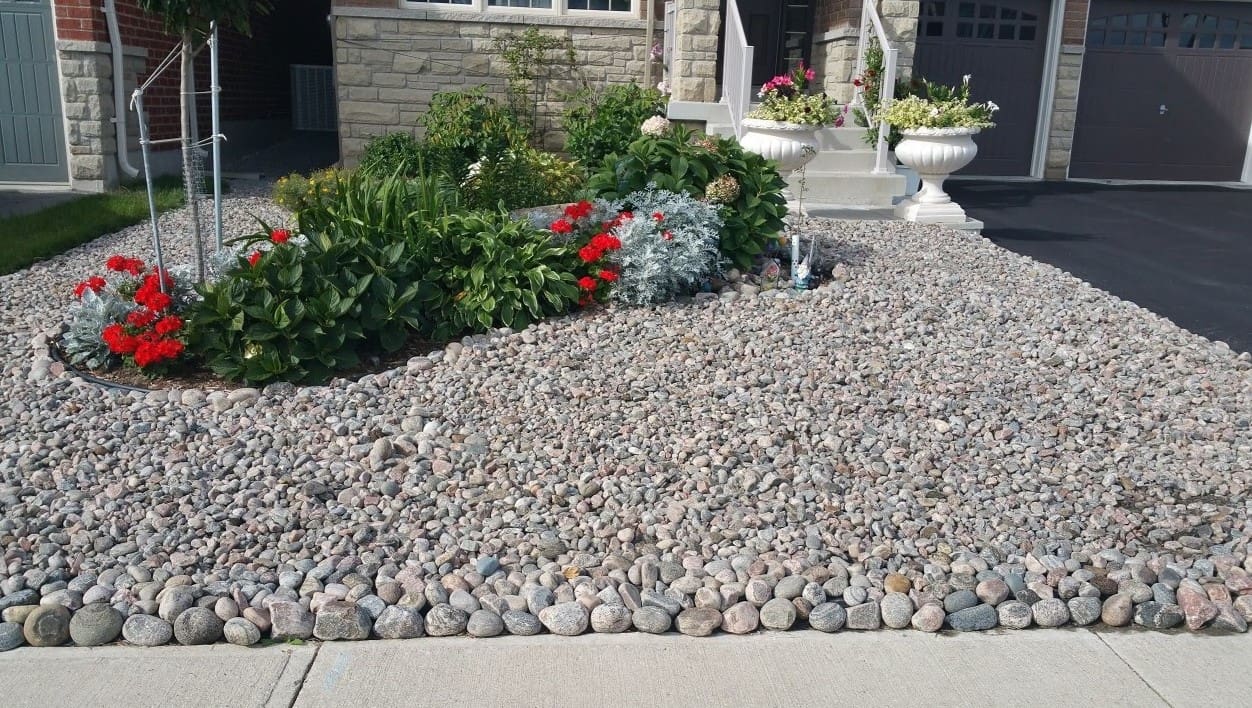

Landscaping Ideas
How To Replace Grass With Gravel
Published: January 26, 2024
Discover innovative landscaping ideas for replacing grass with gravel. Transform your outdoor space with our expert tips and create a low-maintenance, stylish garden.
(Many of the links in this article redirect to a specific reviewed product. Your purchase of these products through affiliate links helps to generate commission for Storables.com, at no extra cost. Learn more)
Introduction
Transforming a traditional grassy lawn into a stunning gravel landscape can significantly enhance the visual appeal of your outdoor space while reducing maintenance requirements. Whether you’re looking to create a serene gravel garden, a contemporary patio, or a charming pathway, replacing grass with gravel offers a myriad of benefits. In this comprehensive guide, we’ll explore the advantages of gravel landscaping, essential considerations before making the switch, and a step-by-step process to achieve the transformation. Additionally, we’ll delve into maintenance tips to ensure your gravel landscape remains pristine for years to come.
Let’s embark on this exciting journey of reimagining your outdoor space and discovering the beauty and practicality of gravel landscaping.
Key Takeaways:
- Embrace the beauty and practicality of gravel landscaping to create an environmentally conscious, low-maintenance outdoor space that reflects your unique style and values.
- Before replacing grass with gravel, carefully consider local regulations, drainage, underlayment selection, and design vision to ensure a seamless and successful landscaping transformation.
Read more: How To Kill Grass Growing In Gravel
Advantages of Replacing Grass with Gravel
Replacing grass with gravel presents a multitude of advantages that cater to both aesthetic and practical considerations. Understanding these benefits can help you make an informed decision when contemplating a landscaping transformation.
- Water Conservation: Gravel landscaping significantly reduces water consumption compared to traditional grass lawns. With growing concerns about water scarcity, embracing gravel can contribute to conservation efforts while still maintaining an attractive outdoor space.
- Low Maintenance: Unlike grass that requires regular mowing, watering, and fertilizing, gravel landscapes are remarkably low maintenance. This translates to saved time, reduced expenses, and a perpetually tidy outdoor area.
- Durability: Gravel is highly durable and can withstand various weather conditions, making it an ideal choice for long-term landscaping solutions. With proper installation, gravel landscapes can endure heavy foot traffic and retain their appeal for years.
- Visual Appeal: Gravel offers a versatile and aesthetically pleasing alternative to grass. It can be utilized to create striking pathways, contemporary patio areas, or serene Japanese rock gardens, adding unique charm and character to your outdoor space.
- Weed Control: When installed correctly with the appropriate underlayment, gravel effectively suppresses weed growth. This eliminates the need for frequent weeding, ensuring a consistently neat and tidy landscape.
- Environmental Impact: Gravel landscaping can contribute to environmental sustainability by reducing the use of pesticides, herbicides, and other chemicals typically associated with lawn maintenance. This eco-friendly approach aligns with modern landscaping trends focused on minimizing environmental impact.
By embracing the advantages of gravel landscaping, you can create an environmentally conscious, visually captivating, and low-maintenance outdoor space that aligns with your lifestyle and values.
Things to Consider Before Replacing Grass with Gravel
Before embarking on the transformation from grass to gravel landscaping, several crucial considerations warrant careful attention to ensure a successful and satisfying outcome.
- Local Regulations: Check local regulations and homeowners’ association guidelines to ensure that the installation of gravel landscaping complies with any specific requirements or restrictions. Understanding these regulations beforehand can prevent potential issues in the future.
- Drainage: Assess the drainage patterns in your outdoor area to determine how water flows and accumulates. Proper drainage considerations are vital to prevent water pooling and ensure the longevity of your gravel landscape.
- Underlayment Selection: Choosing the appropriate underlayment is crucial for the success of your gravel landscaping. A high-quality landscape fabric or geotextile underlayment can effectively suppress weed growth while allowing water to permeate the soil, maintaining healthy root systems of surrounding plants.
- Utility Lines and Irrigation: Before commencing any excavation or installation, identify the location of underground utility lines and irrigation systems to prevent accidental damage. Contact relevant authorities or utilize professional services to accurately map out these essential components.
- Existing Vegetation: Evaluate the existing vegetation in the area earmarked for gravel landscaping. Consider the removal of grass, weeds, and unwanted plants to create a clean canvas for the installation process.
- Design Vision: Define your design vision and the intended purpose of the gravel landscape. Whether it’s a pathway, patio, or garden feature, having a clear vision will guide the selection of gravel types, colors, and installation techniques to achieve the desired aesthetic and functionality.
- Budget and Materials: Establish a realistic budget for the project and carefully select the type and quantity of gravel, edging materials, and underlayment based on your design vision and the size of the area to be landscaped.
By meticulously considering these factors before replacing grass with gravel, you can lay the groundwork for a seamless and successful landscaping transformation that aligns with your vision and practical requirements.
Before replacing grass with gravel, make sure to remove the existing grass and roots. Lay down a weed barrier to prevent weed growth, and then spread the gravel evenly for a low-maintenance alternative to grass.
Step-by-Step Guide to Replacing Grass with Gravel
Embarking on the journey of transforming your outdoor space from grass to gravel involves a systematic process to ensure a seamless and visually appealing result. Follow this step-by-step guide to navigate the transition with confidence and precision.
- Clear the Area: Begin by clearing the designated area of all vegetation, including grass, weeds, and roots. Use a shovel, turf cutter, or herbicide to remove existing growth thoroughly.
- Prepare the Soil: After clearing the area, assess the soil condition. Amend the soil as needed by adding organic matter and leveling the surface to create a stable foundation for the gravel installation.
- Install Edging: Define the boundaries of the gravel landscape by installing durable edging materials such as plastic, metal, or concrete. This step helps contain the gravel, prevents migration, and enhances the visual appeal of the finished landscape.
- Lay Underlayment: Lay a high-quality landscape fabric or geotextile underlayment over the prepared soil. Ensure that the underlayment extends beyond the edging to provide effective weed suppression and promote proper water drainage.
- Spread Gravel: Carefully spread the selected gravel material evenly over the prepared area, ensuring consistent coverage and the desired thickness. Use a rake or shovel to distribute the gravel and achieve the intended design and functionality.
- Compact the Gravel: Utilize a mechanical compactor or hand tamper to compact the gravel evenly. This crucial step enhances stability, minimizes shifting, and provides a firm surface for walking, driving, or placing outdoor furniture.
- Refine Edges and Surface: Neatly refine the edges of the gravel landscape and ensure a smooth, level surface. This attention to detail contributes to the overall visual appeal and longevity of the installation.
- Final Inspection: Conduct a thorough inspection of the completed gravel landscape, checking for any irregularities, areas needing additional compaction, or adjustments to the edging. Address any final touches to achieve a pristine finish.
By following these comprehensive steps, you can seamlessly transition from grass to gravel, creating a captivating and low-maintenance outdoor space that reflects your unique style and practical needs.
Maintenance Tips for Gravel Landscaping
While gravel landscaping is renowned for its low-maintenance nature, periodic care and attention are essential to ensure its long-term beauty and functionality. By incorporating these maintenance tips into your routine, you can preserve the allure of your gravel landscape and maximize its durability.
- Weed Control: Regularly inspect the gravel surface for any signs of weed growth. Promptly remove any weeds that may appear to prevent them from taking root and spreading. This proactive approach helps maintain the pristine appearance of the landscape.
- Replenish Gravel: Over time, natural elements and foot traffic may cause the gravel to shift or become displaced. Periodically replenish the gravel to maintain an even and consistent surface, particularly in high-traffic areas or sections prone to erosion.
- Surface Raking: Use a rake to gently level the gravel surface and redistribute the material as needed. This simple task helps smooth out minor irregularities and ensures a uniform appearance throughout the landscape.
- Inspect Edging: Regularly inspect the edging materials to ensure they remain intact and securely in place. Address any damage or displacement promptly to maintain the structural integrity of the gravel landscape.
- Drainage Maintenance: Monitor the drainage patterns within the gravel landscape, especially after heavy rainfall. Clear any debris or sediment that may accumulate to prevent water pooling and maintain effective water permeation through the gravel and underlayment.
- Seasonal Cleaning: Perform seasonal cleaning by using a leaf blower or gentle pressure washing to remove debris, fallen leaves, or other organic matter that may accumulate on the gravel surface. This practice helps uphold the pristine appearance of the landscape.
- Professional Inspection: Periodically engage professional landscaping services to conduct a comprehensive inspection of the gravel landscape. Their expertise can identify any underlying issues and provide proactive solutions to preserve the longevity and appeal of the installation.
By integrating these maintenance tips into your regular landscaping routine, you can uphold the allure and functionality of your gravel landscape, ensuring that it remains a captivating and low-maintenance outdoor feature for years to come.
Read more: How To Cover Grass With Gravel
Conclusion
Embracing the transformation from grass to gravel landscaping opens a world of possibilities for creating visually captivating, low-maintenance outdoor spaces that harmonize with modern lifestyles and environmental consciousness. The advantages of gravel landscaping, including water conservation, low maintenance, durability, and aesthetic versatility, underscore its appeal as a sustainable and practical choice for outdoor design.
Before embarking on the transition, careful consideration of local regulations, drainage, underlayment selection, and design vision is paramount to ensuring a seamless and successful conversion. By adhering to a systematic step-by-step approach, you can navigate the process with confidence, resulting in a well-executed gravel landscape that reflects your unique style and practical requirements.
Furthermore, the implementation of maintenance tips, such as weed control, gravel replenishment, and seasonal cleaning, serves as a proactive strategy to preserve the allure and functionality of the gravel landscape, ensuring its enduring beauty and structural integrity.
As you embark on this journey of landscaping transformation, remember that gravel landscapes offer not only aesthetic appeal but also an environmentally conscious and sustainable outdoor solution. By integrating the advantages, careful considerations, meticulous installation, and proactive maintenance, you can create a gravel landscape that stands the test of time, enriching your outdoor living experience while minimizing upkeep demands.
So, whether you envision a serene gravel garden, a contemporary patio, or an inviting pathway, the transition from grass to gravel presents an opportunity to craft an outdoor space that embodies elegance, practicality, and environmental mindfulness.
Let your gravel landscape become a testament to the seamless fusion of beauty and functionality, transforming your outdoor environment into a captivating and sustainable oasis for relaxation, entertainment, and natural harmony.
Frequently Asked Questions about How To Replace Grass With Gravel
Was this page helpful?
At Storables.com, we guarantee accurate and reliable information. Our content, validated by Expert Board Contributors, is crafted following stringent Editorial Policies. We're committed to providing you with well-researched, expert-backed insights for all your informational needs.
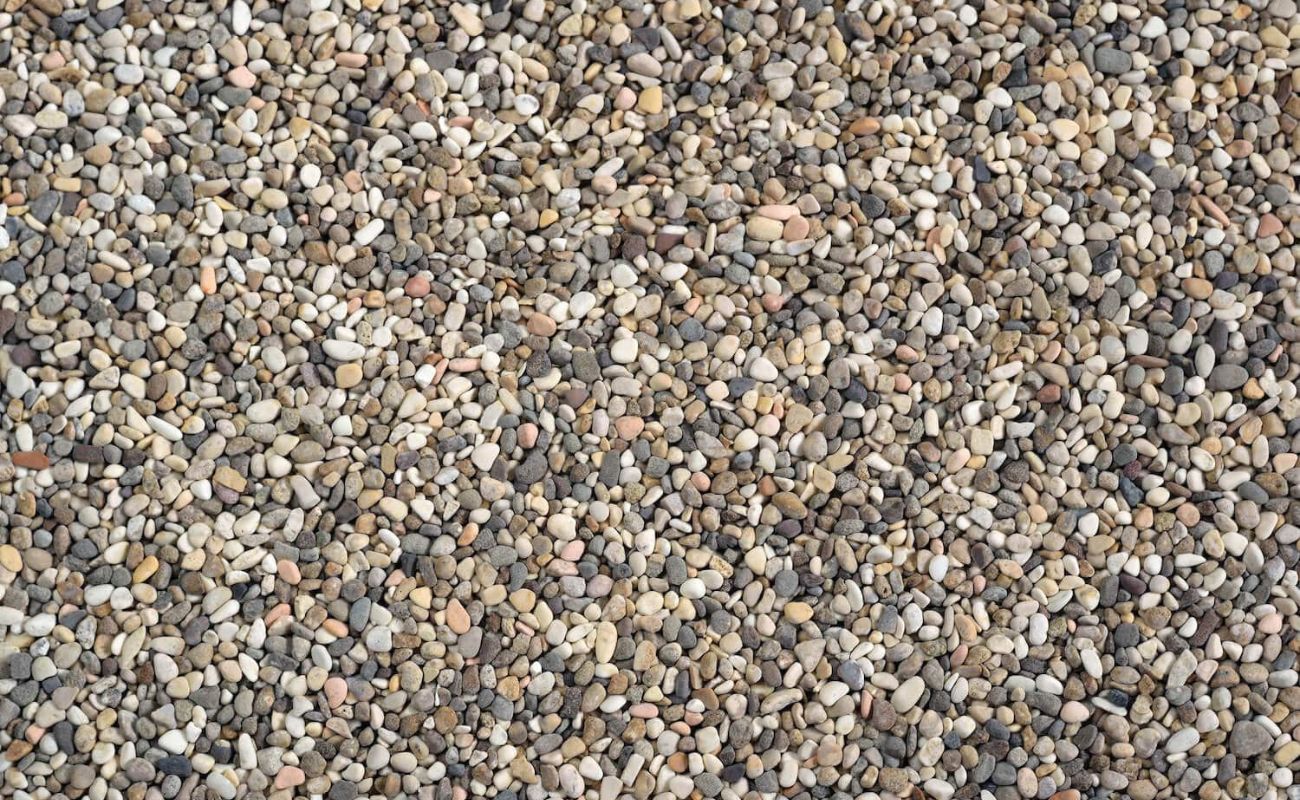
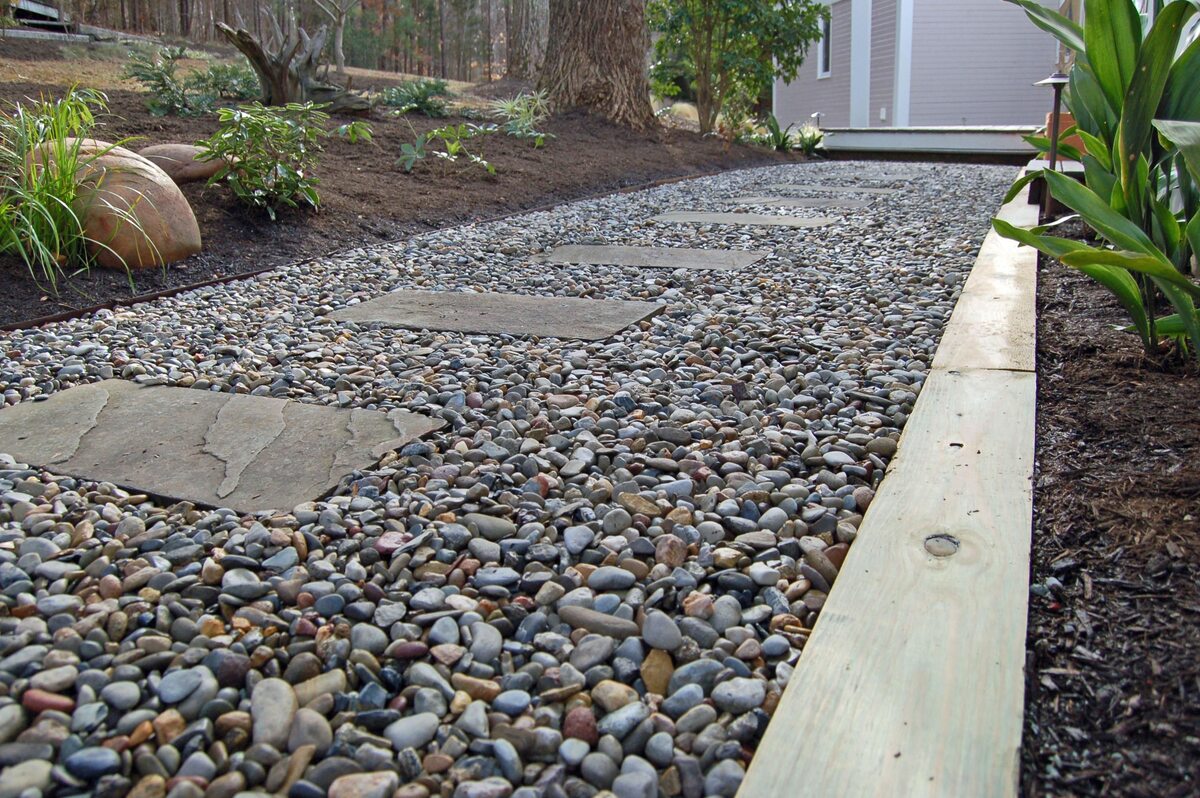
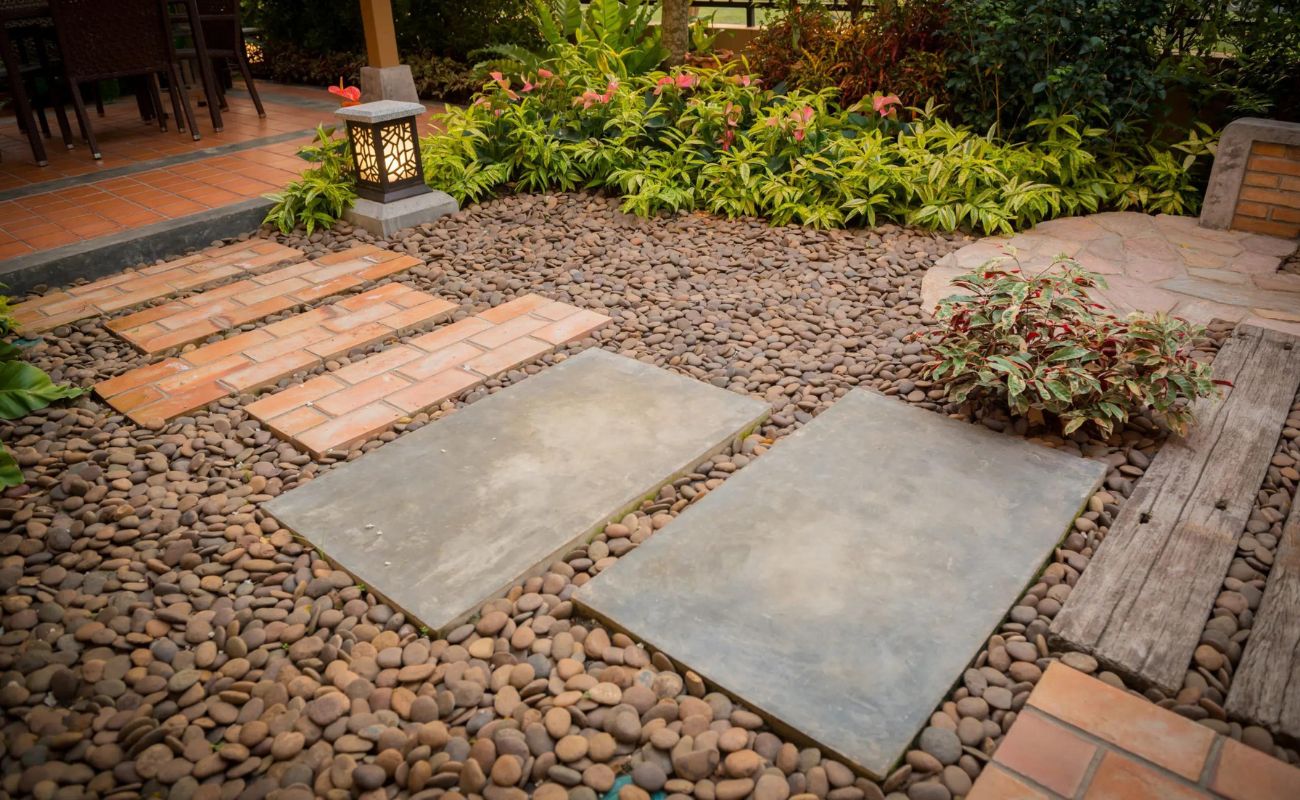
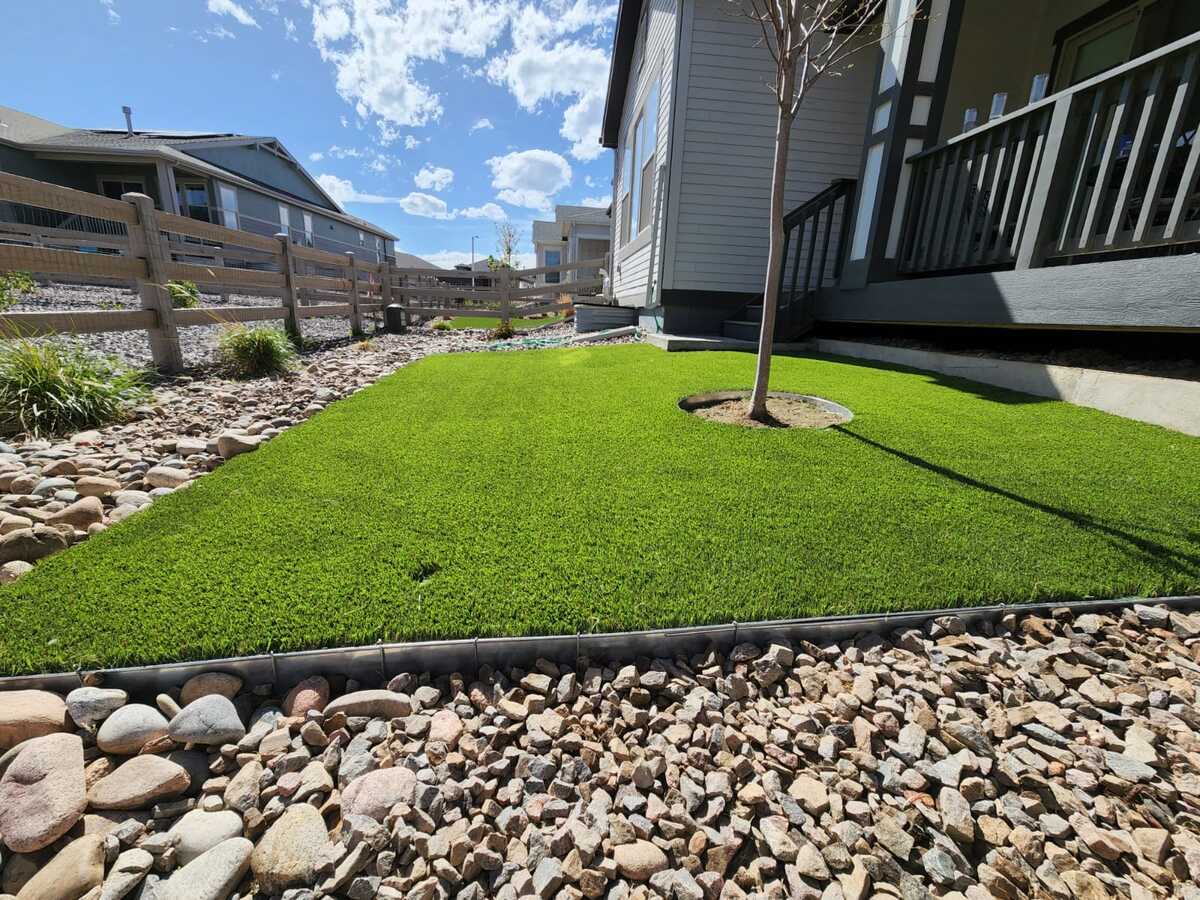
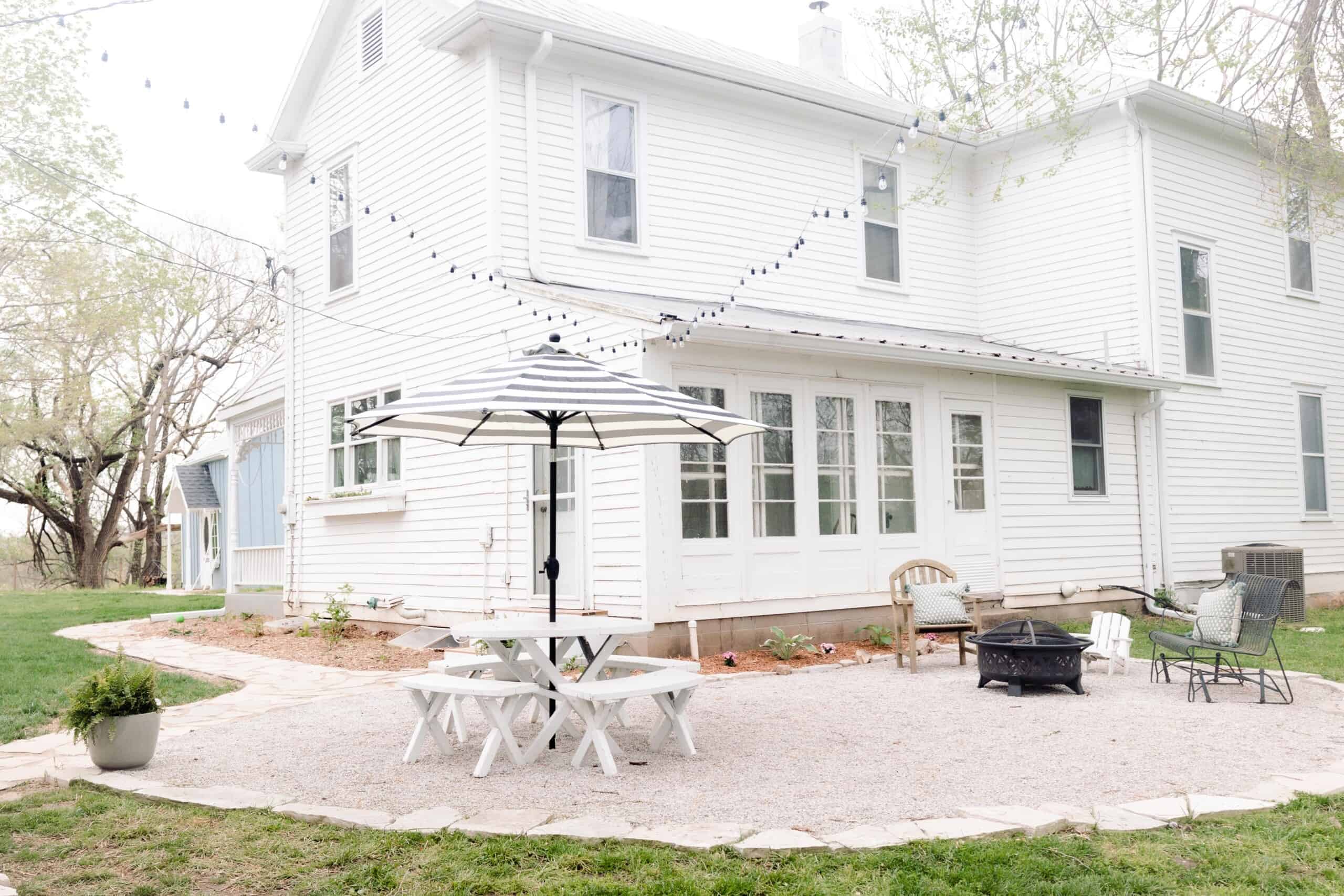
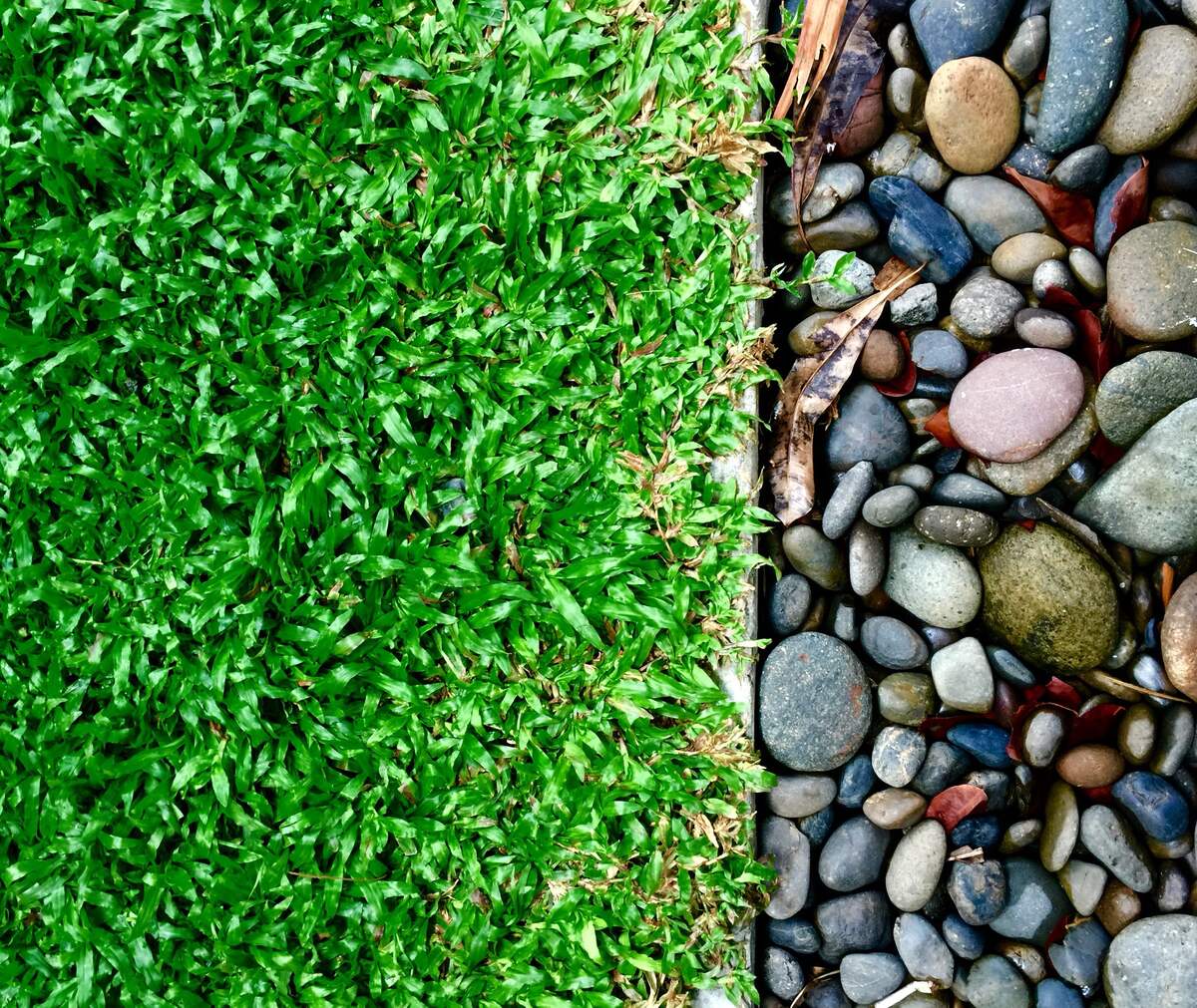
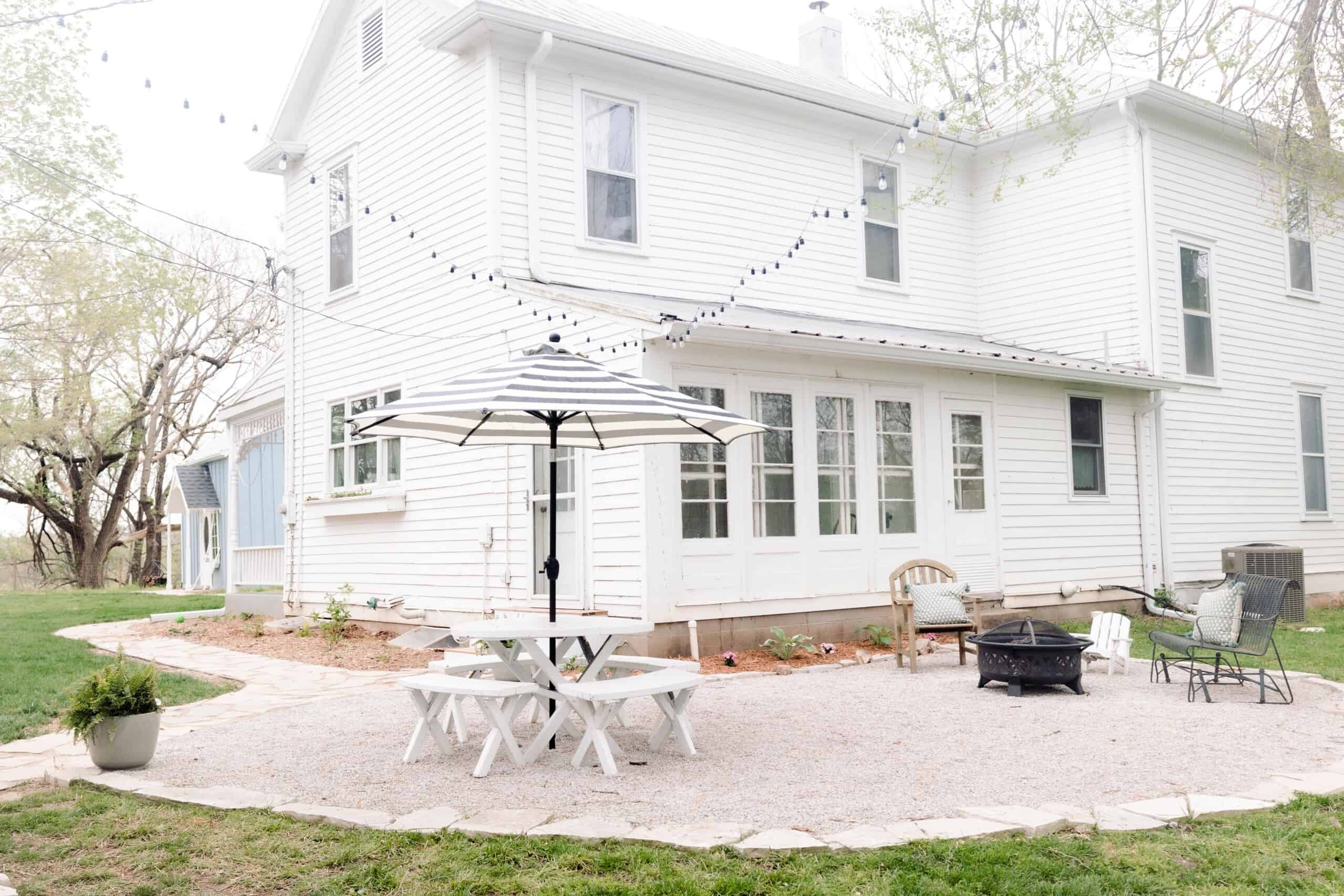
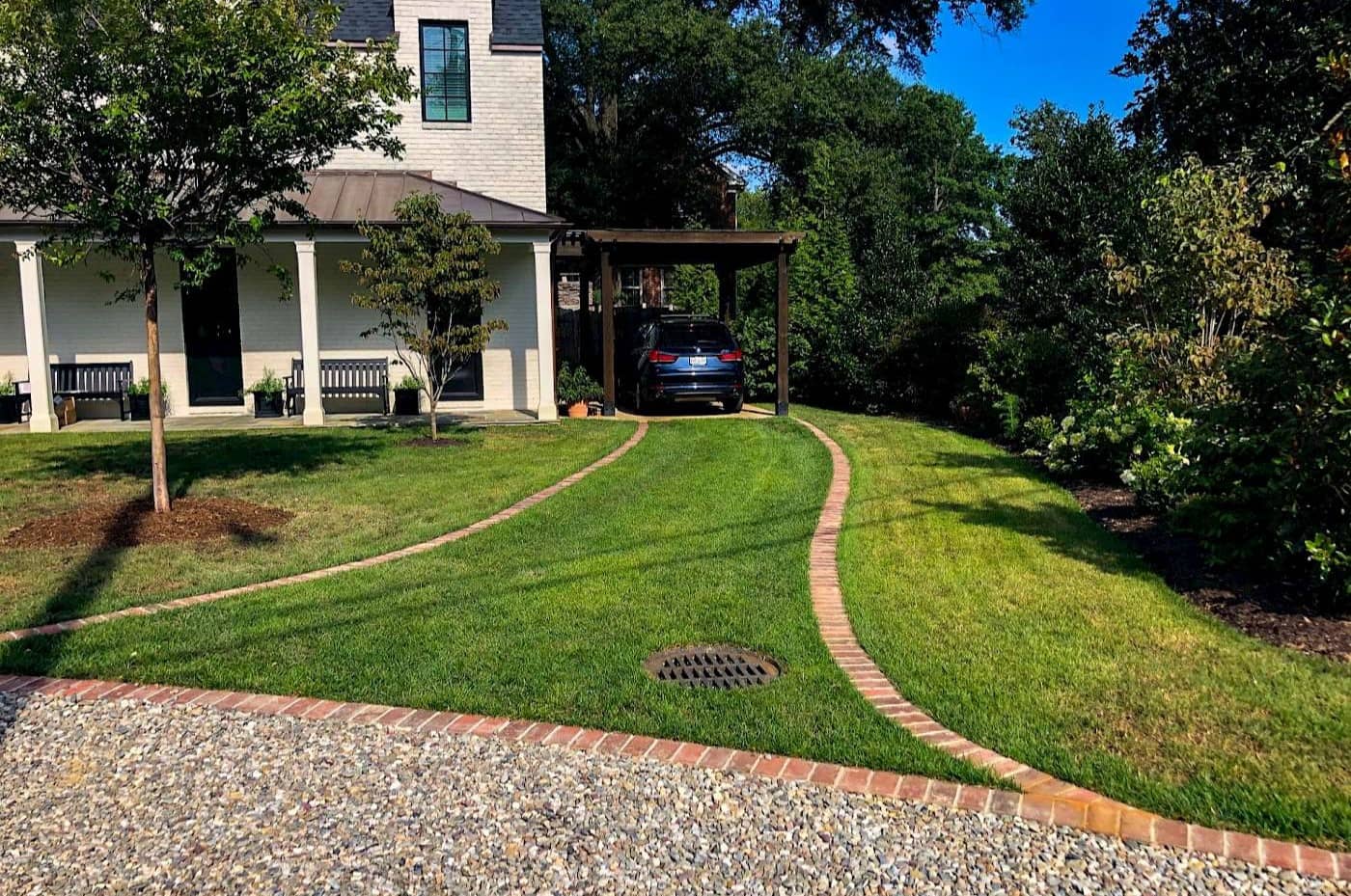
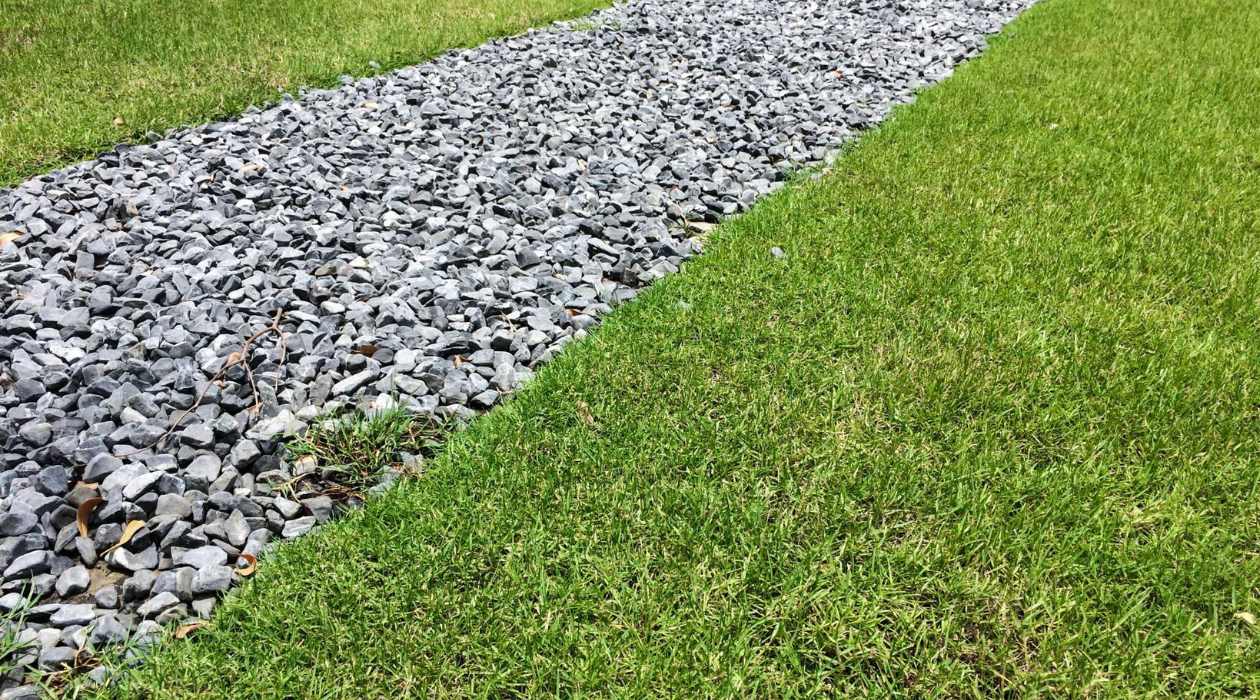
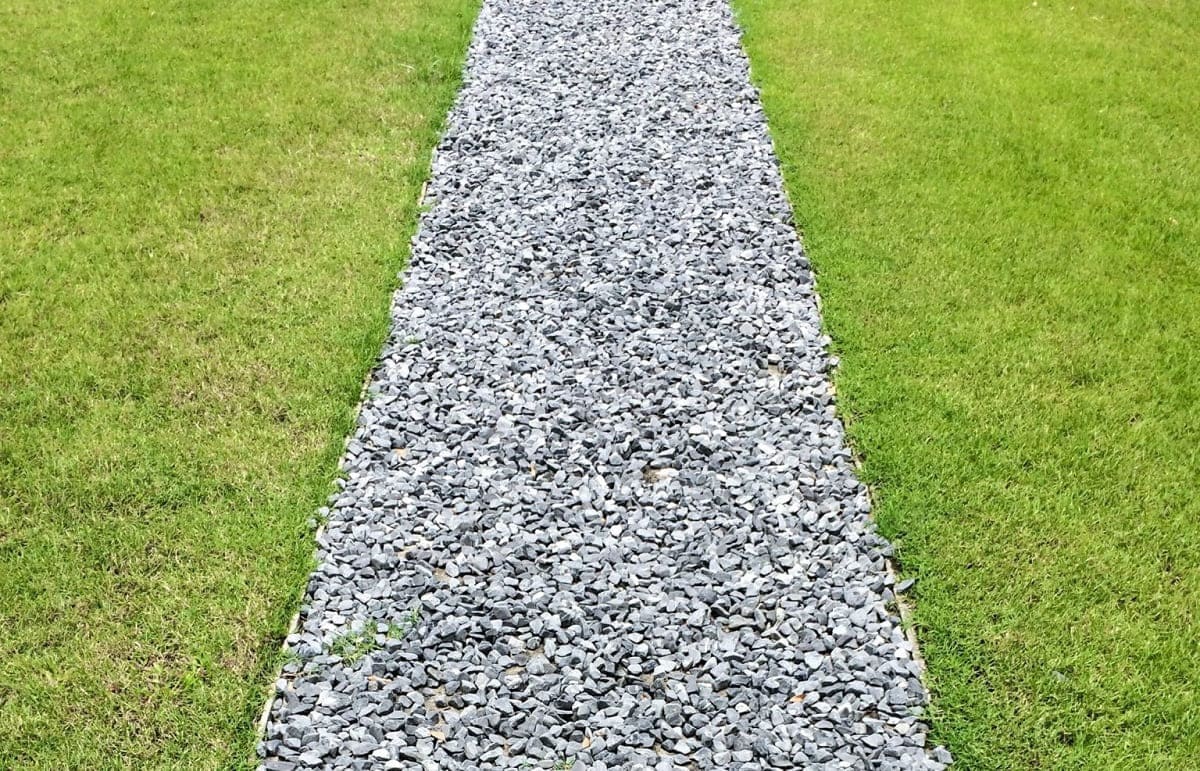
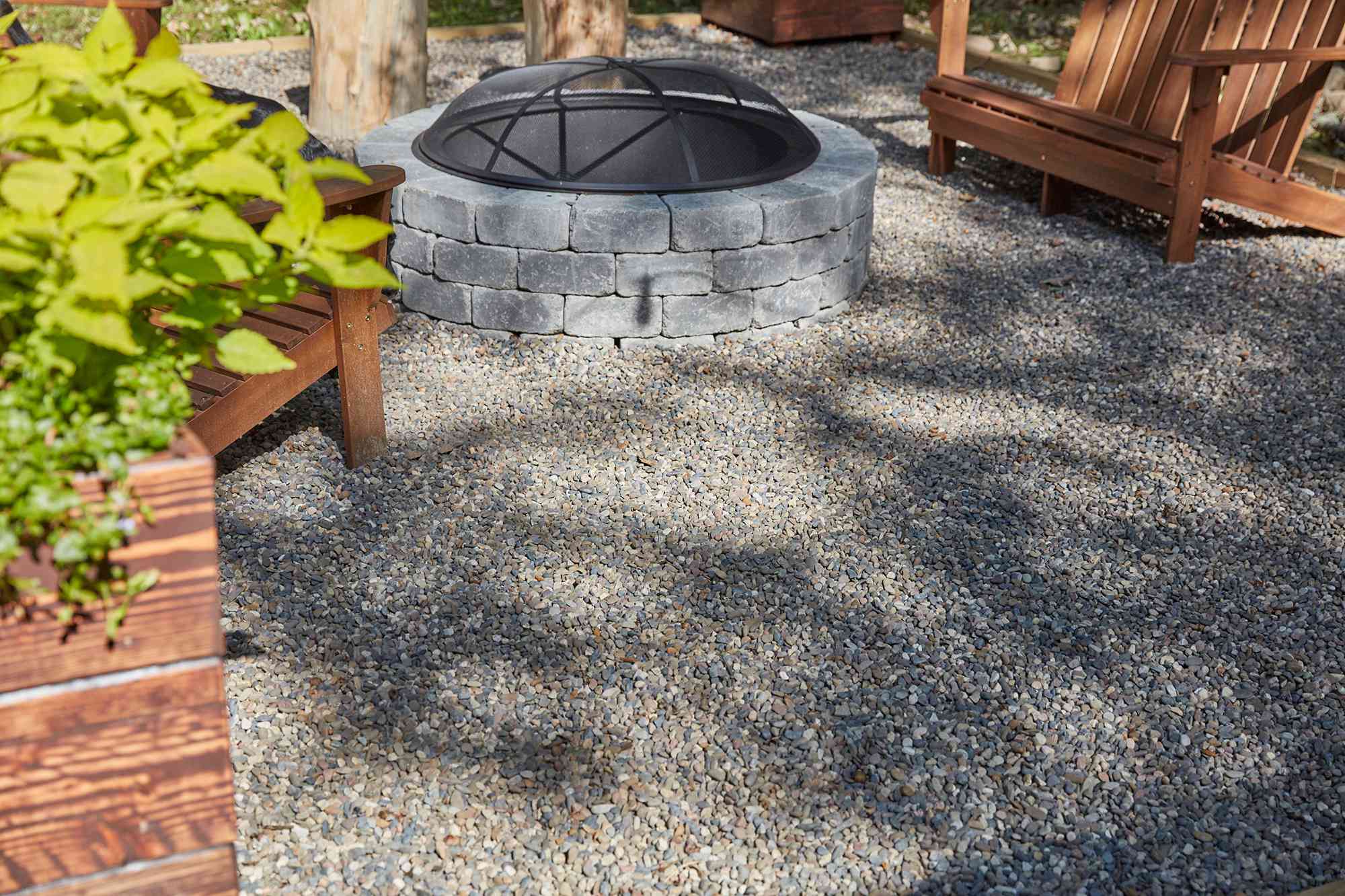
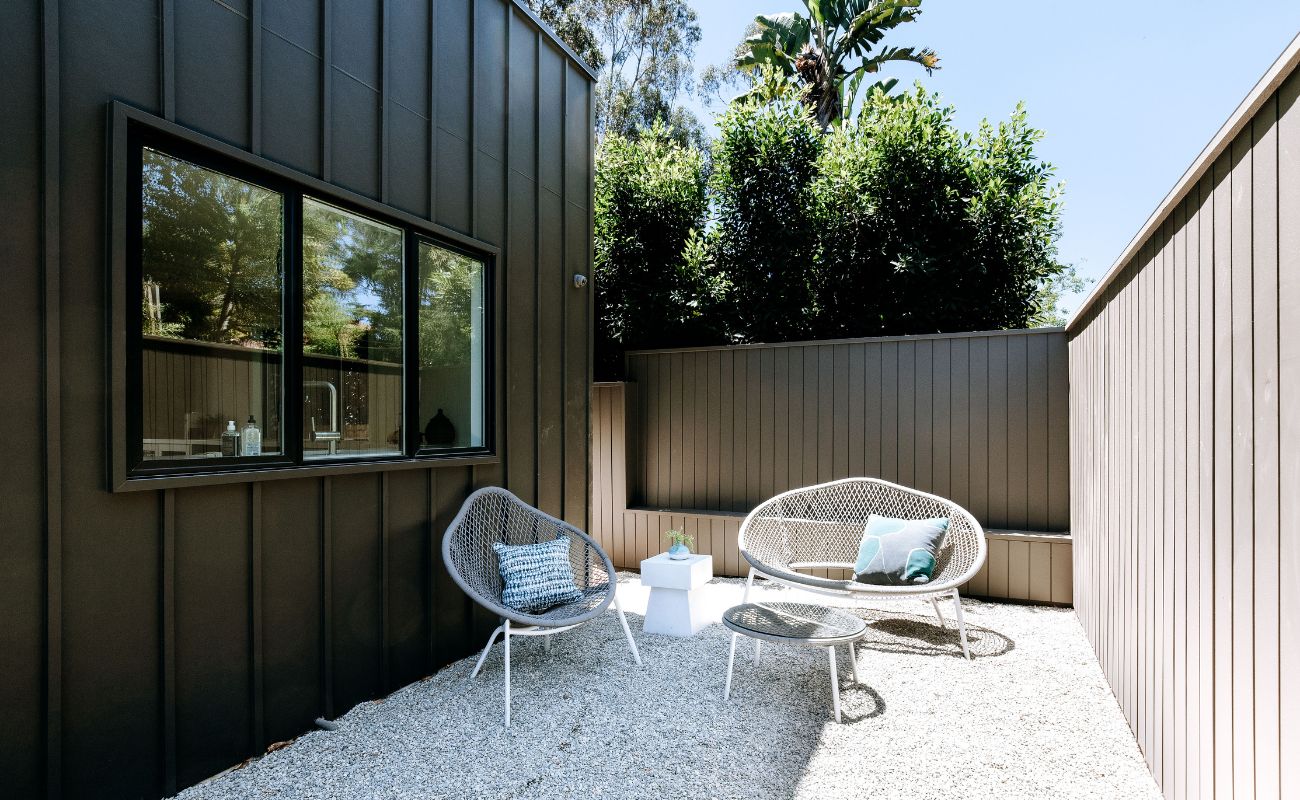
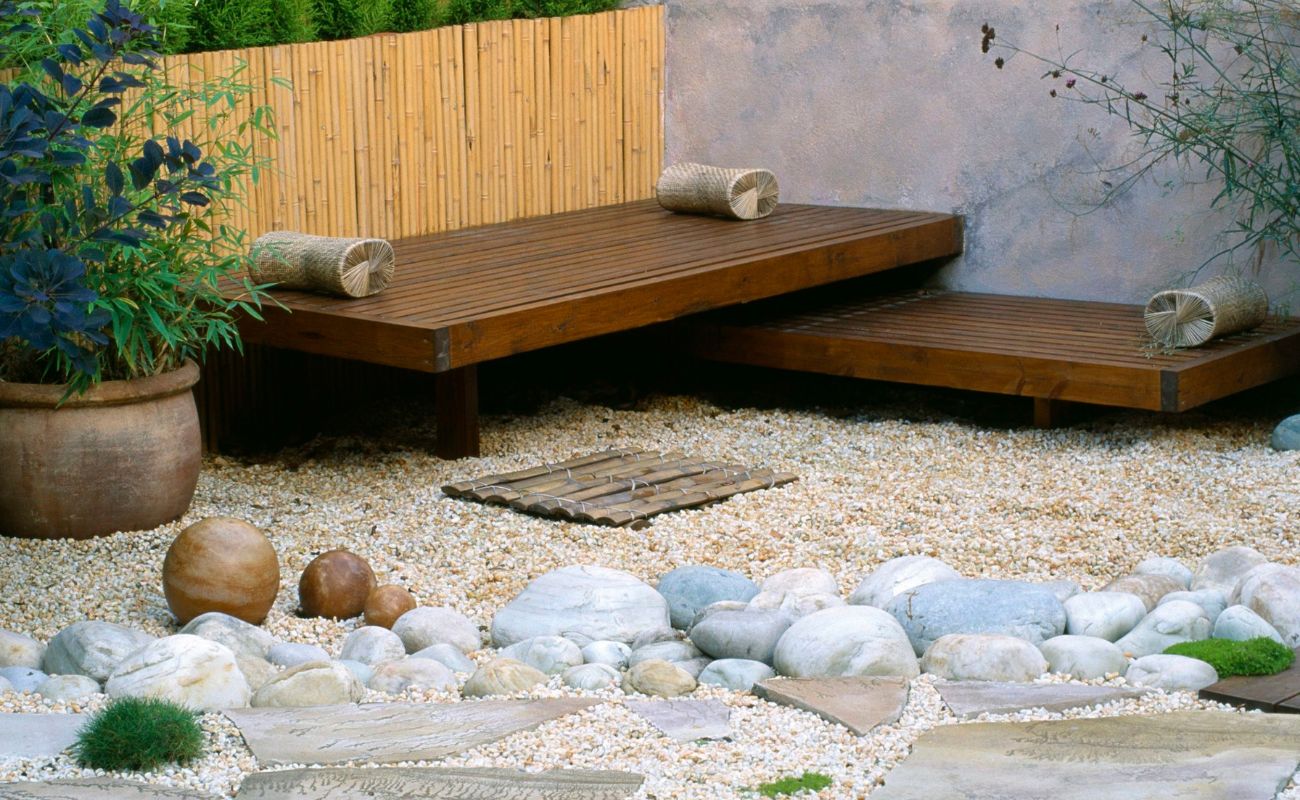
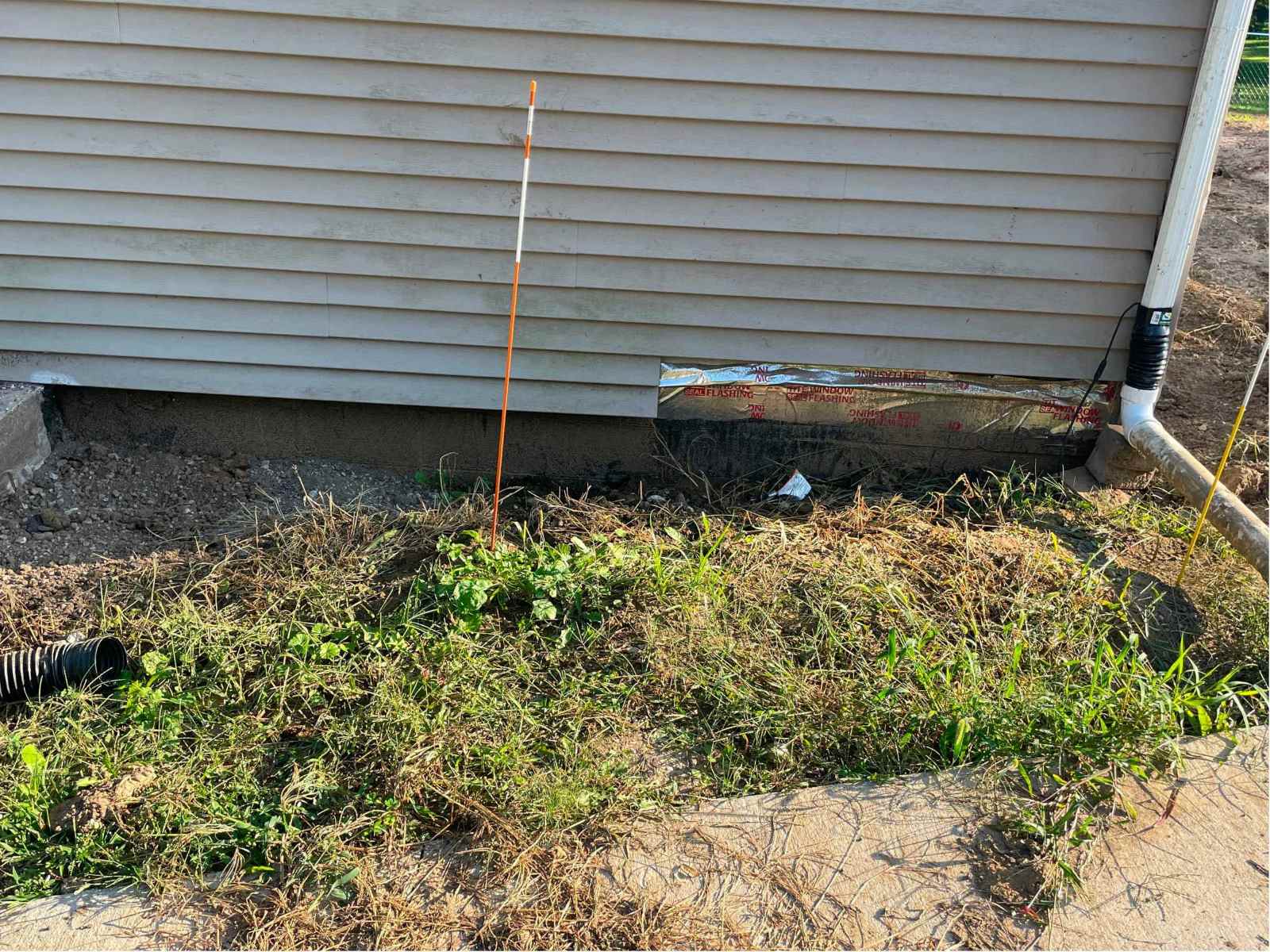

0 thoughts on “How To Replace Grass With Gravel”